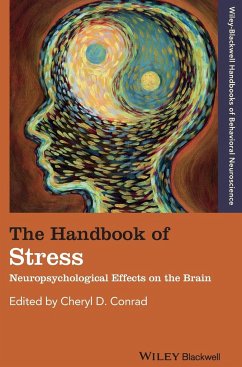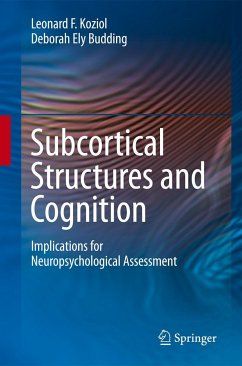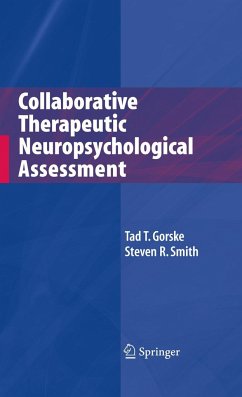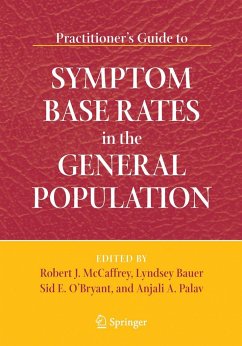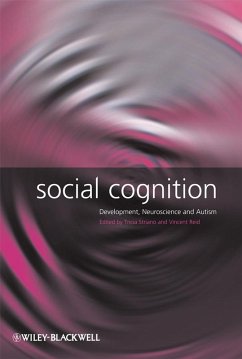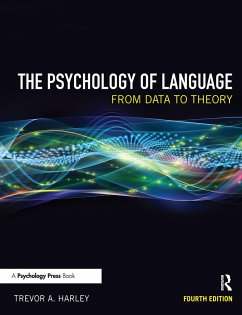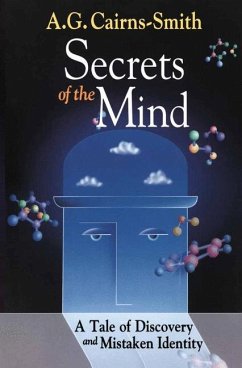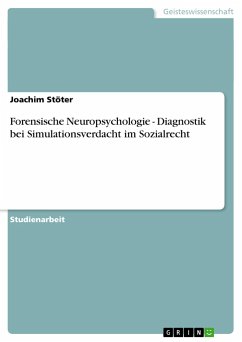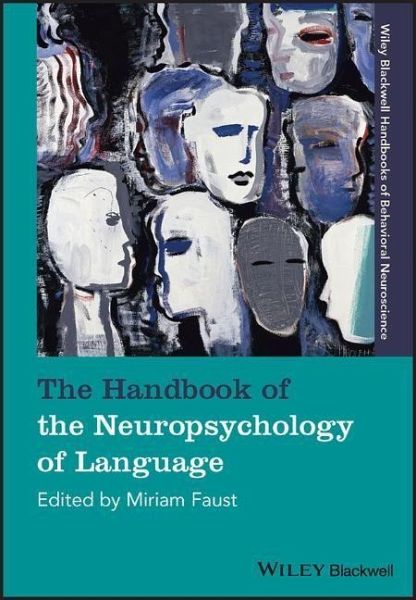
The Handbook of the Neuropsychology of Language

PAYBACK Punkte
41 °P sammeln!
This handbook provides a comprehensive review of new developments in the study of the relationship between the brain and language, from the perspectives of both basic research and clinical neuroscience.
* Includes contributions from an international team of leading figures in brain-language research
* Features a novel emphasis on state-of-the-art methodologies and their application to the central questions in the brain-language relationship
* Incorporates research on all parts of language, from syntax and semantics to spoken and written language
* Covers a wide range of issues, including basic level and high level linguistic functions, individual differences, and neurologically intact and different clinical populations
* Includes contributions from an international team of leading figures in brain-language research
* Features a novel emphasis on state-of-the-art methodologies and their application to the central questions in the brain-language relationship
* Incorporates research on all parts of language, from syntax and semantics to spoken and written language
* Covers a wide range of issues, including basic level and high level linguistic functions, individual differences, and neurologically intact and different clinical populations



